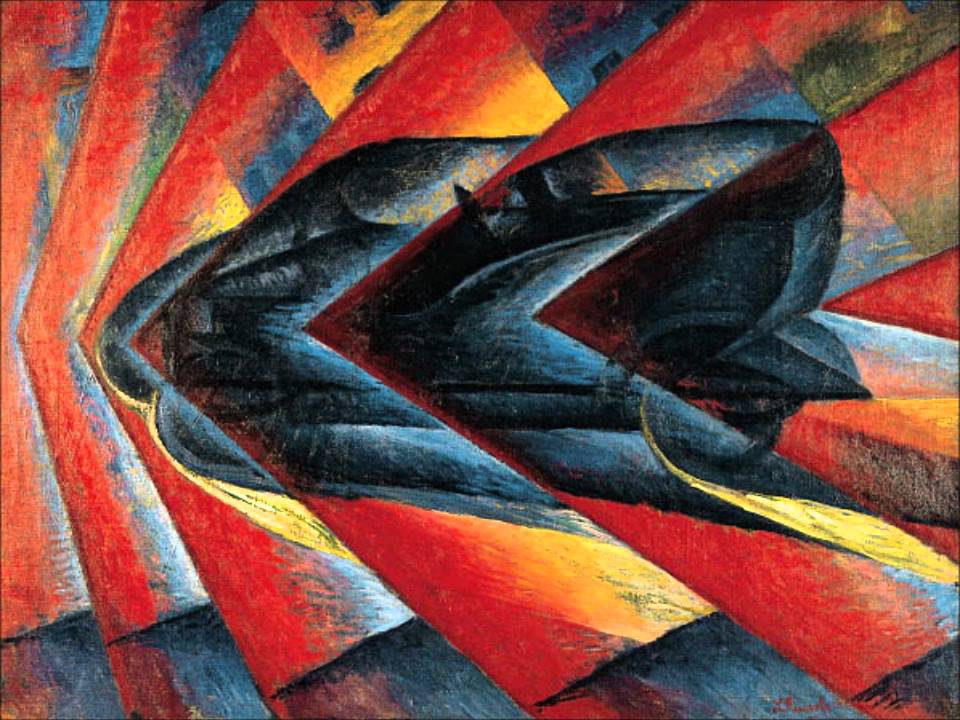
When I started organizing futurist meetups in 2009, one of the first things I did was search for images related to futurism so that I could make the meetup event pages more interesting. A lot of the results seemed to be of paintings with a bunch of motion lines which confused me until I discovered the Italian Futurist art movement of the early 20th century. Their fascist political orientation had suppressed interest in them for years, but I liked the art and have used a lot of their imagery to promote my events over the years. When people ask me what futurism is, I often jokingly respond “An Italian Fascist art movement of the early 20th century.” Which tends to generate more confusion than laughter.
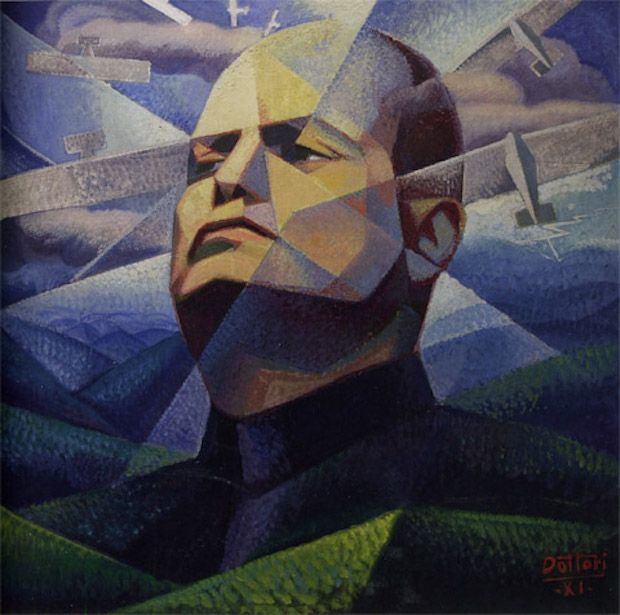
As I dug more into Italian Futurism, I started seeing a surprising number of parallels with modern futurism. Revisiting the ideas of past futurists can offer insights into how modern thinkers are responding to technological disruption.
The Futurist art movement was founded by a wealthy, internationally educated, Italian poet named Filippo Marinetti. He kicked off the movement with the Futurist Manifesto in 1909 in which he made bombastic claims that glorified the speed of motorcars over the static beauty of classical art. One can imagine how Italian artists in particular must have felt crushed by the weight of antiquity all around them – from the Colosseum to the Sistine Chapel. And their vigorous mediterranean spirits rebelled and seized on the opportunity for change that technology was presenting all around them.
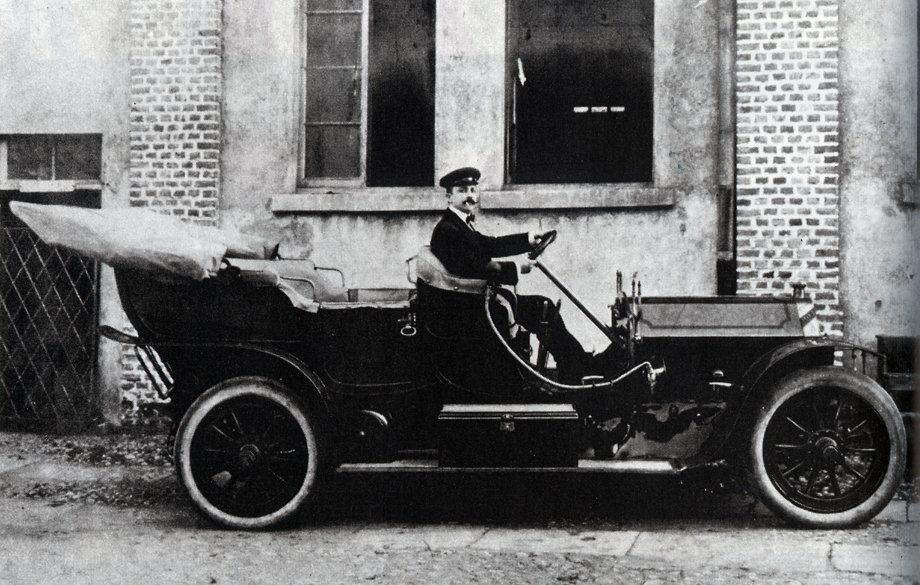
Motorcars and aeroplanes must have seemed just as disruptive in the early 1900’s as the internet seemed in the 1990’s. The world was shrunk by both. And both disruptions lead to changes in human identity. Marinetti called for a “new man” whose psyche was transformed by machinery, accelerated communication, and transportation networks. Contrast that with the transhumanists of today who see not just the psychological transformation of man, but even physical transformation as we are augmented with computer interfaces, or modified to live extended lifespans through longevity science.
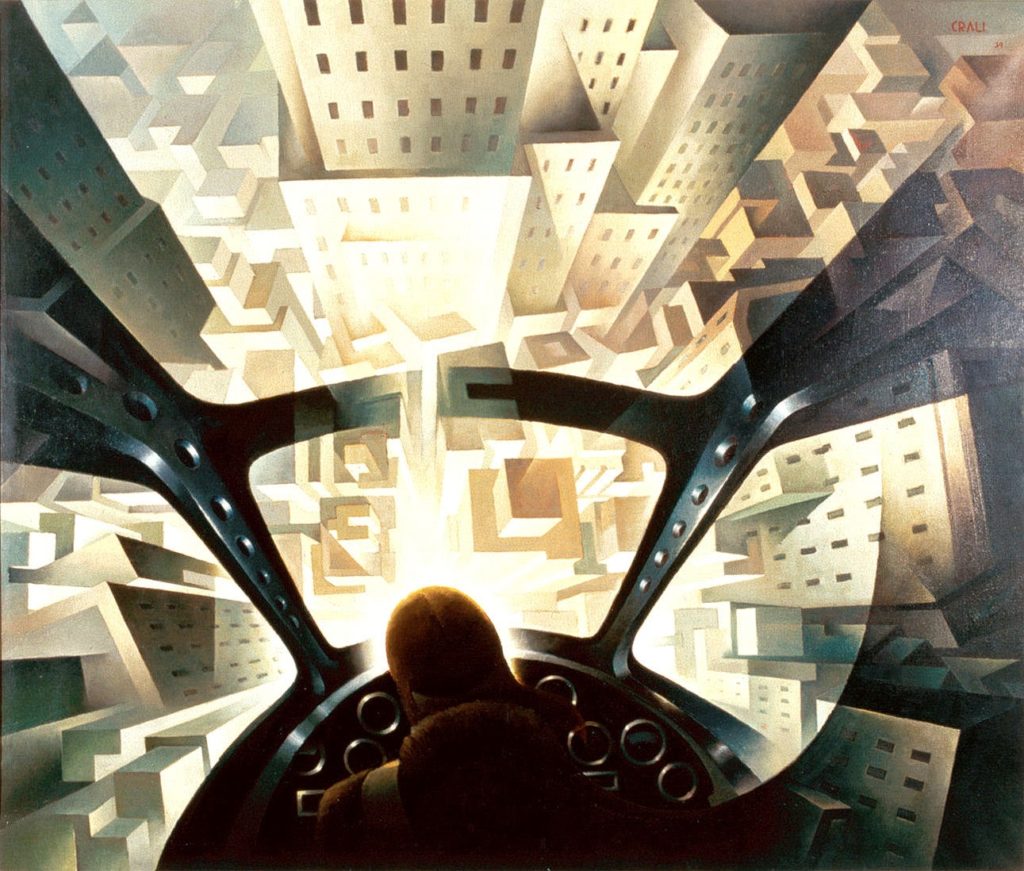
The underlying driver in both cases is technology tearing through the world and reforming society into novel configurations. The anarcho-fascist Marinetti wanted to tear down institutions, but one may argue that he was simply reacting to the fact that technology was already reshaping society. Here of course, the analogy between the two movements becomes tenuous because there is of course no fascism in modern America. (Let’s not talk about Nick Land right now, ok?) Americans today aren’t shelled shocked into a fascist response after seeing traditional ways of life torn to shreds by modern systems.
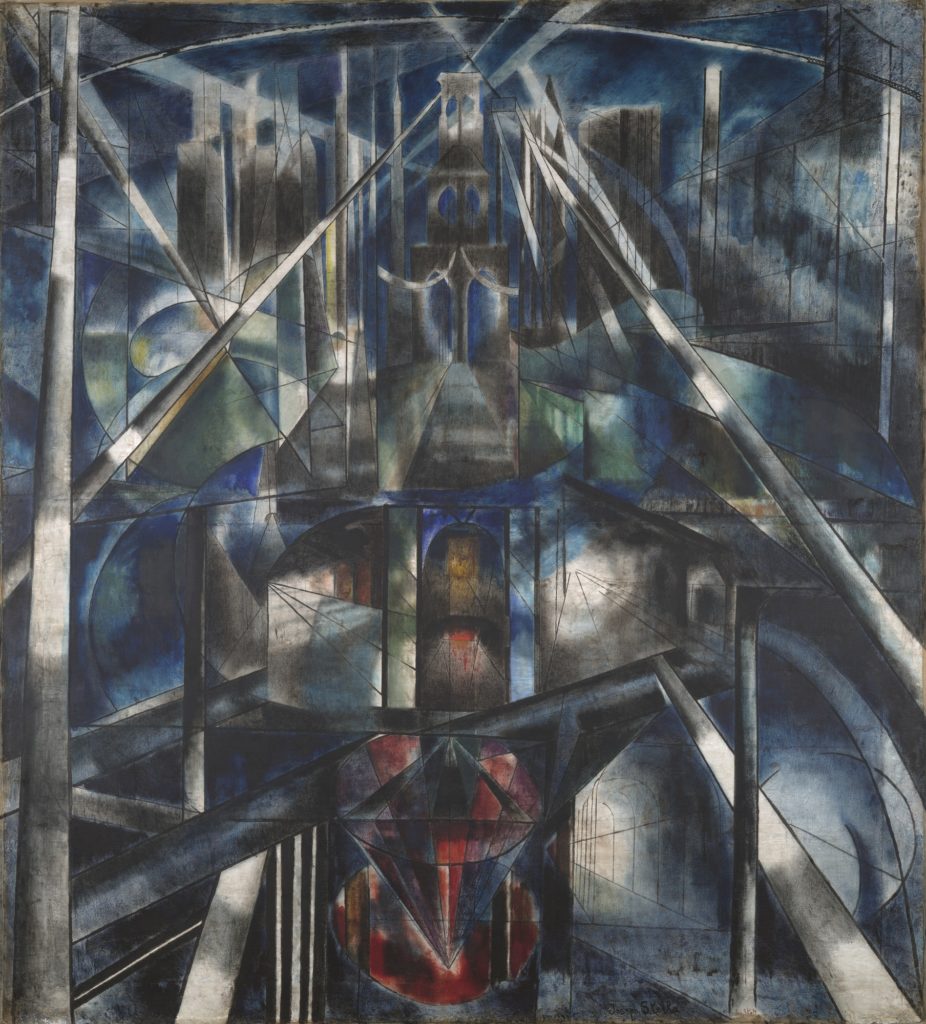
In his own era, prior to WWI, Marinetti openly called for war as “the world’s only hygiene.” And he went and served in war zones on multiple occasions in his life. But even the fiery and bellicose Italian must have been impacted by the carnage of that first Great War. In his 1921 Tactilism manifesto, we see The Futurist focused more on fusion and the destruction of barriers that keep people separated.
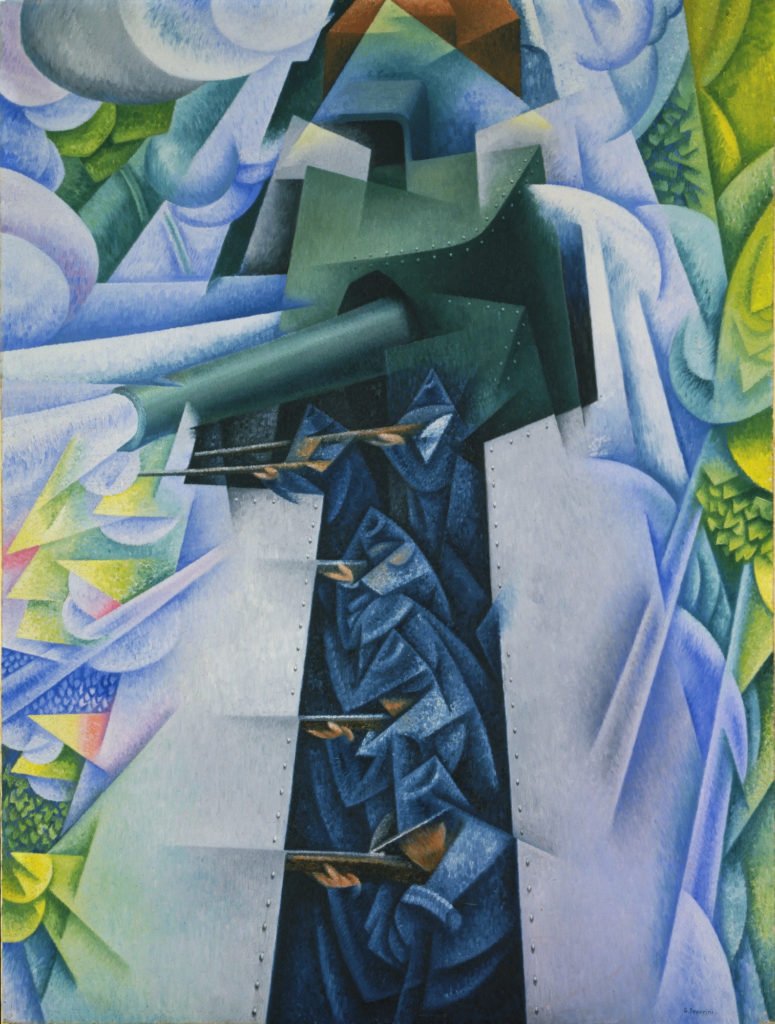
From our own stance, we can see not only the devastation of wars throughout the previous century, but also the soul crushing isolation that modernity has imposed on society and which sowed the seeds of postmodernism. The meetup is a modern response to this dilemma, bringing affinity groups together to escape the loneliness of their barren apartments.
Depending on how schizophrenic you are, it’s easy to see countless parallels between the two futurist movements. Futurist architects in 1912 designed skyscrapers that were impossible to build with the materials of the time. Today, we have the ethereum network.
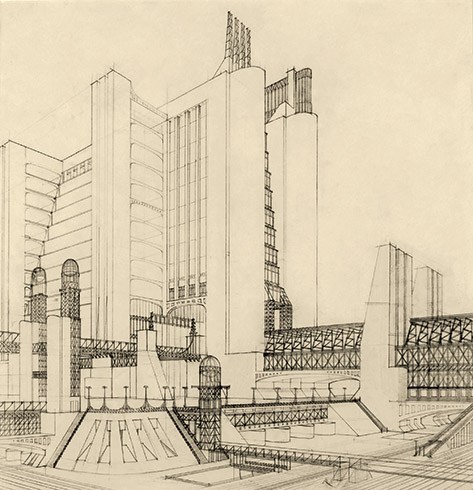
Each era presents an array of tensions between opposing forces. The tension between the dynamism of the Futurists and the stasis of the Cubists left Picasso in the popular imagination but relegated Balla to the art students. Today a battle rages for attention control as even narrative breaks down and micro-slices of consciousness are squabbled over between corporate algorithms and memetic infections.
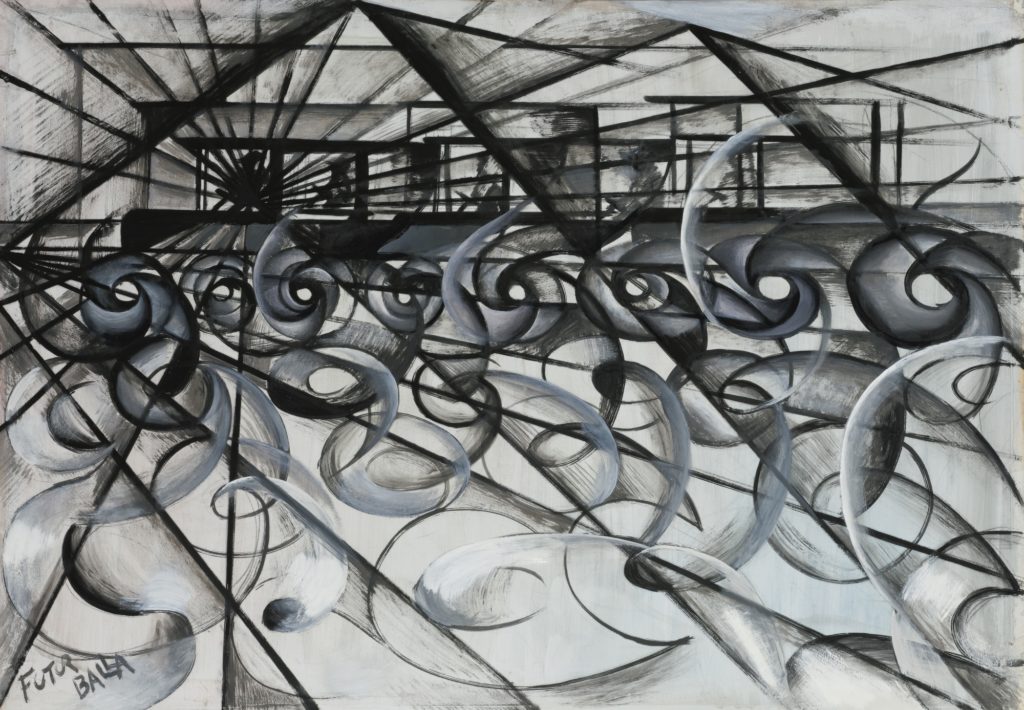
One take away from this is that futurists have a role to play in society separate from the technologists. Technology inevitably destroys pre-existing patterns of human behavior. Humans are thrown off balance by this. If we prefer not to charge madly into war as Marinetti and his cohort did, then perhaps we can contribute integration services. We might help our fellow humans make sense of and adapt to the current disruptions that we all face, as well as the coming changes.
